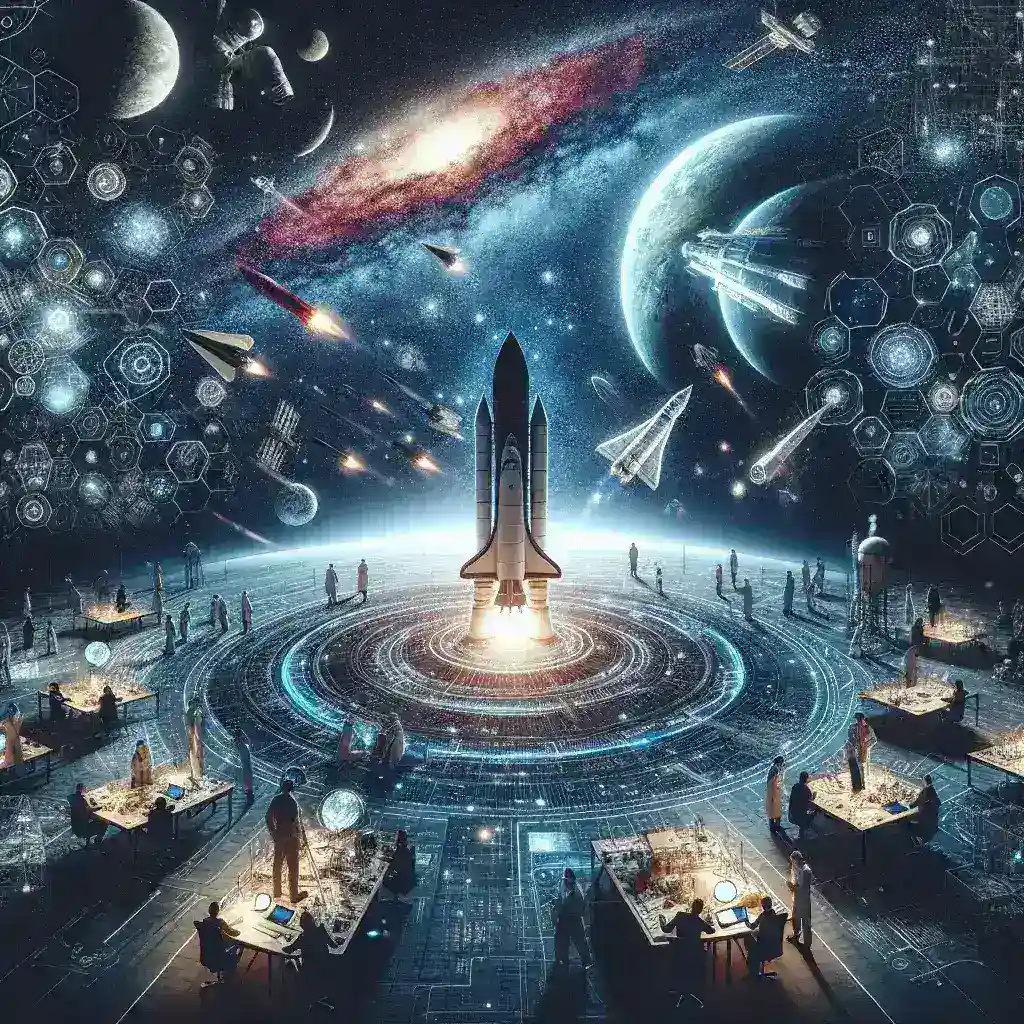Introduction
The Artemis program is a visionary initiative by NASA aimed at returning humans to the Moon and establishing a sustainable presence there by the end of the decade. As the agency gears up for the highly anticipated Artemis III mission, which is slated for launch in 2026, numerous technological updates and advancements are being integrated into the mission’s framework. This article delves into the exciting developments surrounding the Artemis III mission and its implications for lunar exploration and beyond.
Historical Context of the Artemis Program
Since its inception, NASA has been at the forefront of space exploration. The previous Apollo missions marked humanity’s first steps on the lunar surface, creating a legacy of exploration. With Artemis, NASA aims to build on this foundation, not only revisiting the Moon but also preparing for future missions to Mars. The Artemis program signifies a new era in space exploration, emphasizing international collaboration and technological innovation.
The Goals of Artemis III
The Artemis III mission aims to land astronauts on the lunar South Pole, a region of great scientific interest due to the presence of water ice and other resources. This mission includes:
- Landing astronauts, including the first woman and the next man, on the Moon.
- Conducting scientific research and exploration on the lunar surface.
- Utilizing the Moon’s resources to test technologies for future Mars missions.
Technological Innovations for Artemis III
NASA has been working diligently to refine and enhance the technologies that will support the Artemis III mission. These updates are crucial for ensuring the safety and success of the astronauts involved. Here are some key technological innovations:
Space Launch System (SLS)
The Space Launch System is NASA’s powerful new rocket designed to send astronauts deeper into space than ever before. With significant upgrades since its initial conception, the SLS will provide the necessary thrust for the Artemis III mission. Key features include:
- Increased Payload Capacity: The SLS is designed to carry heavier payloads, allowing for more equipment and scientific instruments to be sent to the Moon.
- Enhanced Reliability: Improved components and systems have been tested thoroughly to ensure the rocket’s reliability during launch.
Orion Spacecraft Enhancements
The Orion spacecraft will transport the astronauts to lunar orbit. Recent updates to Orion include:
- Improved Life Support Systems: These systems ensure that the crew has a safe and sustainable environment during their journey.
- Advanced Navigation and Communication: Enhanced systems facilitate better communication with mission control and improved navigation capabilities.
Human Landing System (HLS)
The Human Landing System is another critical element of the Artemis III mission, designed to carry astronauts from lunar orbit to the Moon’s surface and back. The ongoing developments include:
- Robust Design: The HLS has been engineered to withstand the harsh lunar environment.
- Autonomous Landing Features: These features allow the spacecraft to operate with minimal human input, increasing safety during landing and takeoff.
Collaboration and Partnerships
The Artemis program thrives on collaboration, not just within NASA but also with international space agencies and private sector partners. This approach ensures a diverse range of expertise and resources, essential for mission success. Key partnerships include:
- International Space Agencies: Collaborations with agencies such as the European Space Agency (ESA) and the Japan Aerospace Exploration Agency (JAXA) enhance the technological capabilities of the program.
- Commercial Partners: Working with private companies accelerates development timelines and fosters innovation.
Challenges Ahead
Despite the excitement surrounding Artemis III, several challenges remain. These include:
- Technological Hurdles: Ensuring all systems function seamlessly during launch and landing is a monumental task.
- Budget Constraints: Ensuring adequate funding for the mission while navigating economic uncertainties poses a challenge.
Future Predictions for Lunar Exploration
The Artemis III mission is not just about landing on the Moon; it lays the groundwork for future lunar explorations and potentially manned missions to Mars. With each technological advancement, the vision for a sustainable presence on the Moon grows clearer. Potential future developments include:
- Establishment of Lunar Bases: Future missions may focus on building habitats for prolonged human presence on the Moon.
- Resource Utilization Technologies: Developing technologies to utilize lunar resources could be key for Mars missions.
Conclusion
As NASA prepares for the Artemis III mission in 2026, the technological updates and historical context lay a solid foundation for what promises to be a landmark event in space exploration. The collaboration among international and commercial partners signifies a new era of cooperation in the pursuit of knowledge and discovery. The successful execution of Artemis III will not only return humans to the Moon but also inspire future generations to dream about exploring the universe.

Leave a Reply